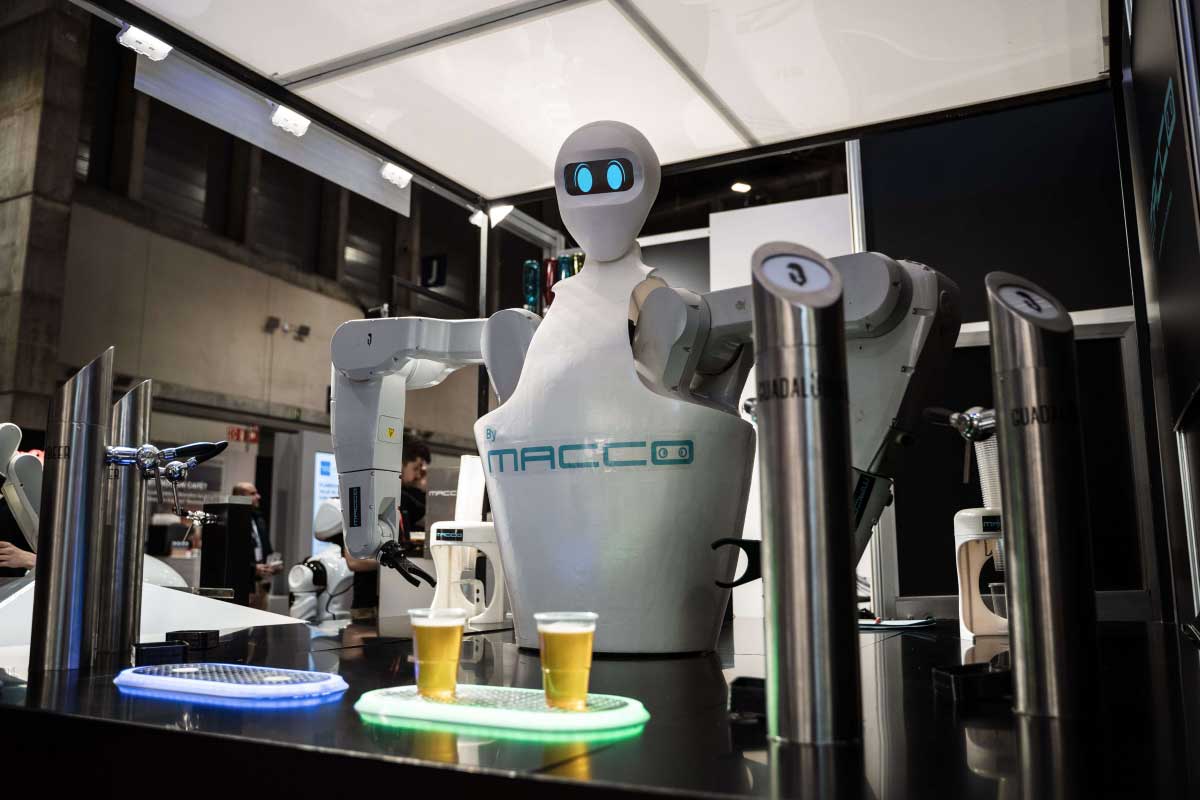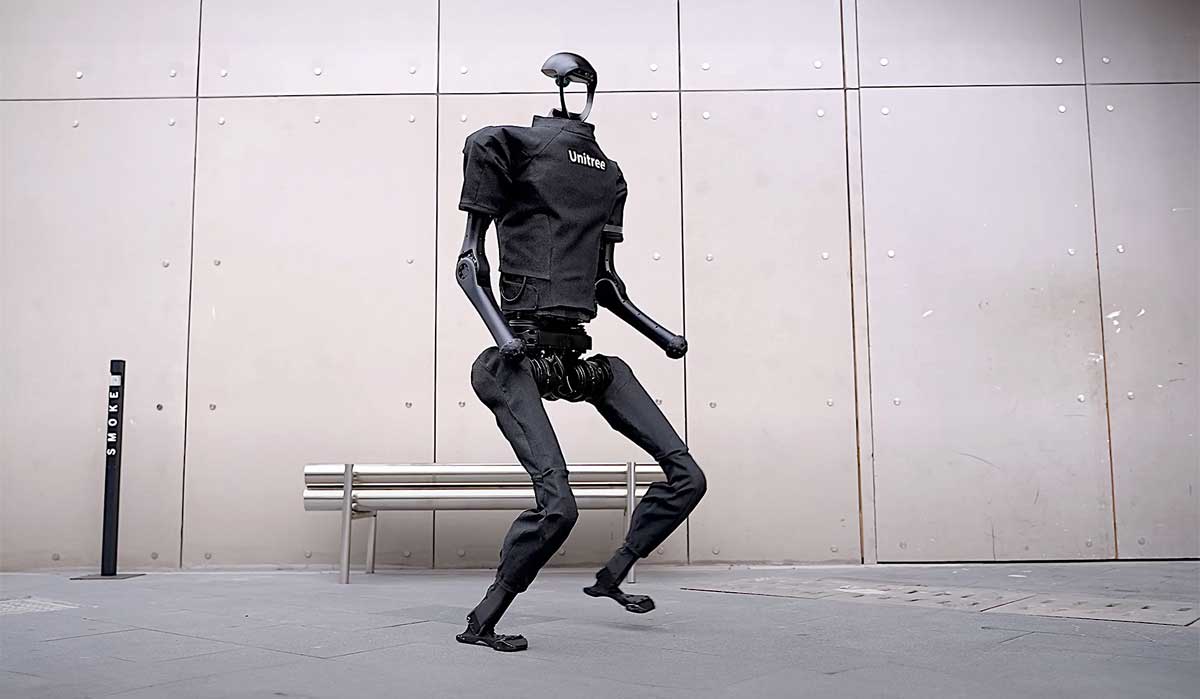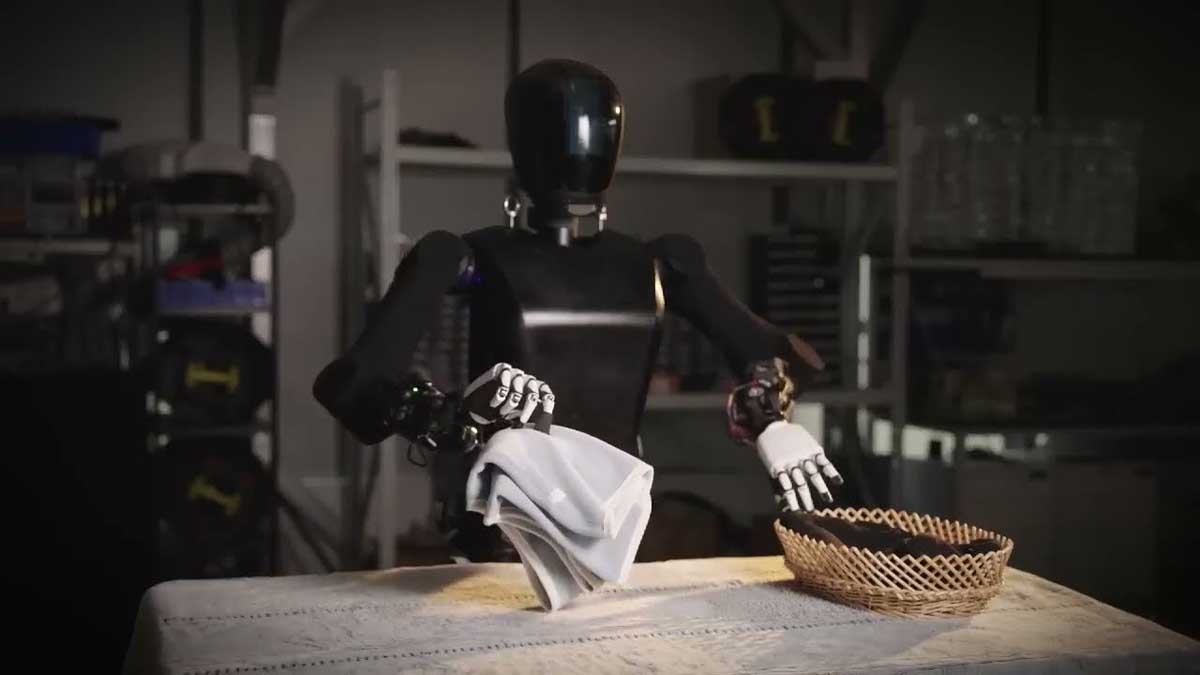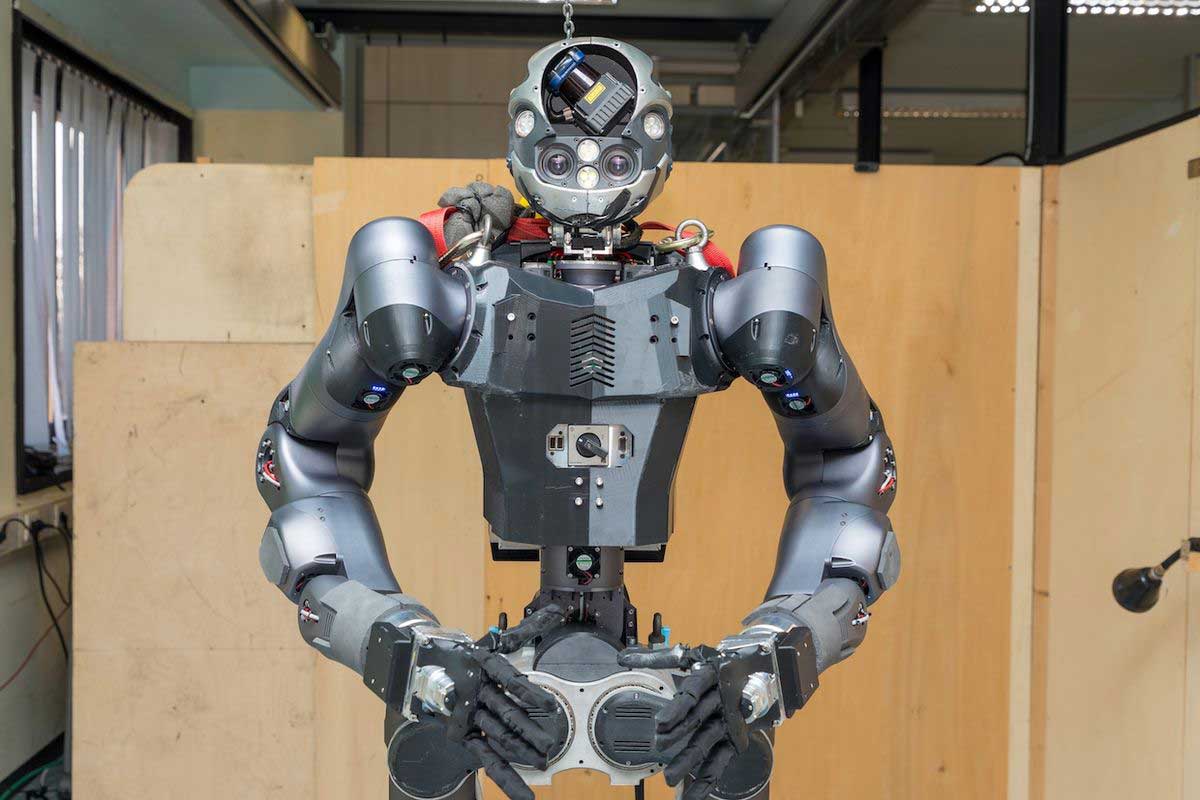In the ever-evolving world of robotics, KIME stands out as a unique blend of technology and service. More than just a mechanical marvel, this humanoid robot aims to revolutionize the hospitality industry by offering automated bartending and food service with a human touch. Developed by Macco Robotics, KIME has garnered attention for its ability to streamline operations, enhance guest experiences, and offer a glimpse into the future of service robots.
Beyond Bartending: Diverse Applications
While initially showcased as a bartender, KIME’s capabilities extend beyond mixing drinks. Its modular design allows customization for various roles, including food preparation and serving, product dispensing, and even information kiosks. This versatility makes KIME suitable for diverse settings, from restaurants and cafes to hotels and airports. Imagine KIME welcoming guests at a hotel reception, expertly preparing your coffee at a cafe, or efficiently dispensing snacks at an airport kiosk – the possibilities are vast.
Efficiency with a Human Touch
KIME isn’t just about automation; it also prioritizes customer engagement. Equipped with facial recognition and natural language processing, KIME can personalize interactions, remember preferences, and even engage in simple conversations. This human-like approach fosters a welcoming and positive experience for guests, differentiating KIME from purely transactional automation.
Benefits for the Hospitality Industry
KIME offers several advantages for businesses in the hospitality industry. Its tireless operation ensures consistent service availability, even during peak hours. Furthermore, its accuracy and speed minimize waste and maximize efficiency, contributing to cost savings. KIME can also free up human staff for higher-level tasks, such as personalized guest interaction and problem-solving.
Challenges and the Road Ahead
Despite its potential, KIME faces some challenges. Initial investment costs and integration with existing infrastructure can be hurdles for adoption. Additionally, ethical considerations regarding job displacement and the potential impact on human-to-human interaction in service industries need careful consideration.
Looking ahead, KIME’s development reflects a broader trend in service robotics. As technology advances, robots like KIME will likely become more sophisticated, integrated, and nuanced in their interactions. The key lies in striking a balance between automation and human connection, ensuring that robots like KIME enhance, rather than replace, the human experience in the service industry.
KIME, then, is more than just a robot bartender; it represents a step towards a future where technology seamlessly integrates with hospitality, offering efficiency, personalization, and a unique twist on customer service.





Leave A Comment